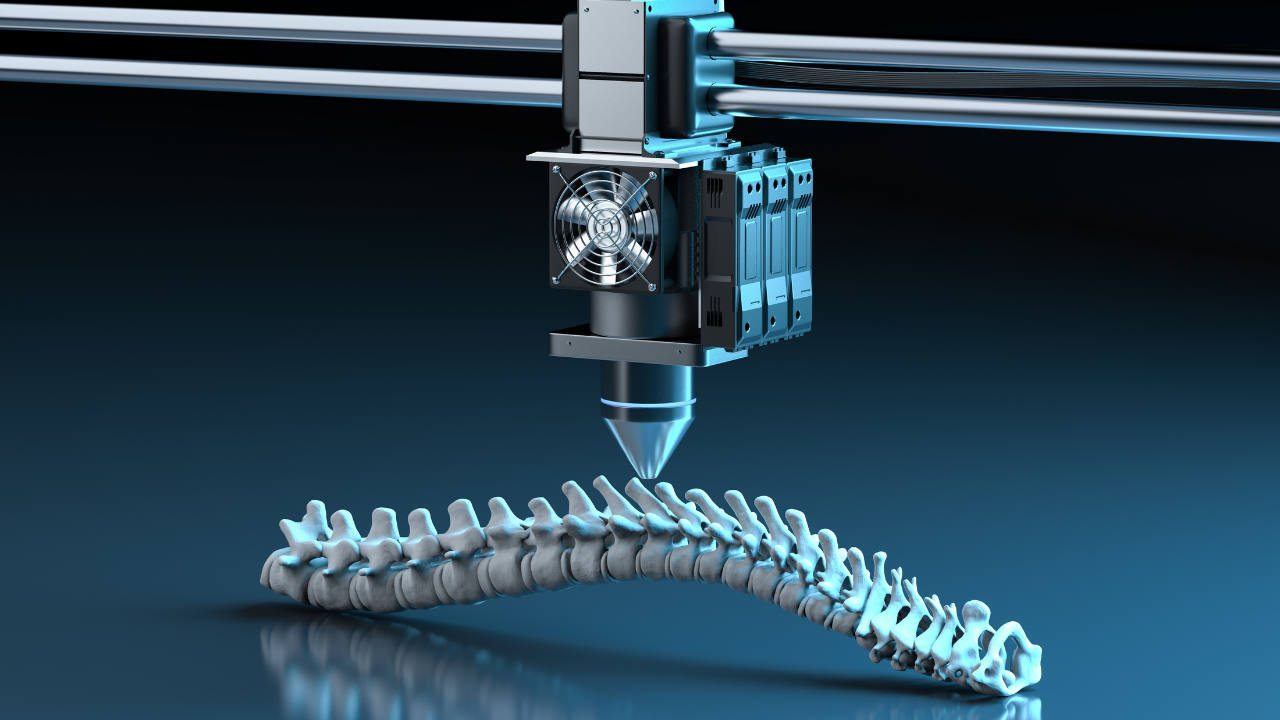Singapore, a dynamic hub of innovation, is witnessing a transformative wave that extends across industries, thanks to the disruptive influence of 3D printing. From the precision demands of aerospace engineering to the life-saving intricacies of healthcare, 3D printing services has become a common thread weaving through the fabric of progress in Singapore. This article explores how 3D printing is reshaping industries, specifically focusing on aerospace and healthcare, and the impact on innovation and efficiency.
1. Aerospace Engineering:
Precision and innovation define Singapore’s aerospace industry, and 3D printing has emerged as a game-changer. The technology is not merely an auxiliary force but a driving factor in the creation of lightweight, high-performance components. Complex geometries that were once challenging to manufacture are now achievable, positioning Singapore at the forefront of global aerospace advancements. The flexibility offered by 3D printing allows for rapid prototyping, enabling engineers to iterate designs swiftly and optimize performance without compromising structural integrity.
2. Healthcare Revolution:
In the realm of healthcare, 3D printing is ushering in a revolution that transcends traditional medical practices. Singaporean healthcare is leveraging 3D printing to deliver patient-specific solutions with unparalleled precision. Customized implants, prosthetics, and even 3D-printed tissues are becoming commonplace, transforming the landscape of surgeries and patient care. The ability to create intricate and tailored medical devices not only enhances treatment outcomes but also opens avenues for innovative therapies and regenerative medicine.
3. Supply Chain Agility:
Beyond the specific industries of aerospace and healthcare, 3D printing in Singapore is contributing to overall supply chain agility. The traditional manufacturing model often involves complex and lengthy supply chains, with components produced in different locations. 3D printing enables the on-demand production of parts, reducing the need for extensive inventories and minimizing the logistical challenges associated with traditional manufacturing. This agility is a strategic advantage for industries requiring rapid responses to market demands, such as aerospace and healthcare.
4. Sustainable Manufacturing Practices:
Singapore is embracing sustainable practices, and 3D printing aligns seamlessly with this vision. Unlike traditional subtractive manufacturing methods that generate significant waste, 3D printing follows an additive approach, layering materials precisely to create objects. This reduction in material waste aligns with Singapore’s commitment to environmental sustainability, making 3D printing a valuable tool for industries aiming to minimize their ecological footprint.
5. Educational Advancements:
The integration of 3D printing technology extends beyond industries into the realm of education. Singapore’s commitment to fostering innovation is evident in educational institutions incorporating 3D printing into curricula. Students are not only learning theoretical concepts but actively engaging with the technology, equipping themselves with practical skills that will be invaluable as they enter industries transformed by 3D printing.
Conclusion:
In conclusion, from aerospace engineering to healthcare, 3D printing services in singapore is leaving an indelible mark on industries in Singapore. The ability to achieve precision, innovate rapidly, and contribute to sustainability is reshaping the way businesses approach manufacturing. As Singapore continues to embrace 3D printing, the nation is poised to remain a global leader in industries where precision, innovation, and efficiency are paramount. The journey from aerospace to healthcare exemplifies the transformative power of 3D printing in Singapore’s quest for excellence and technological leadership.





